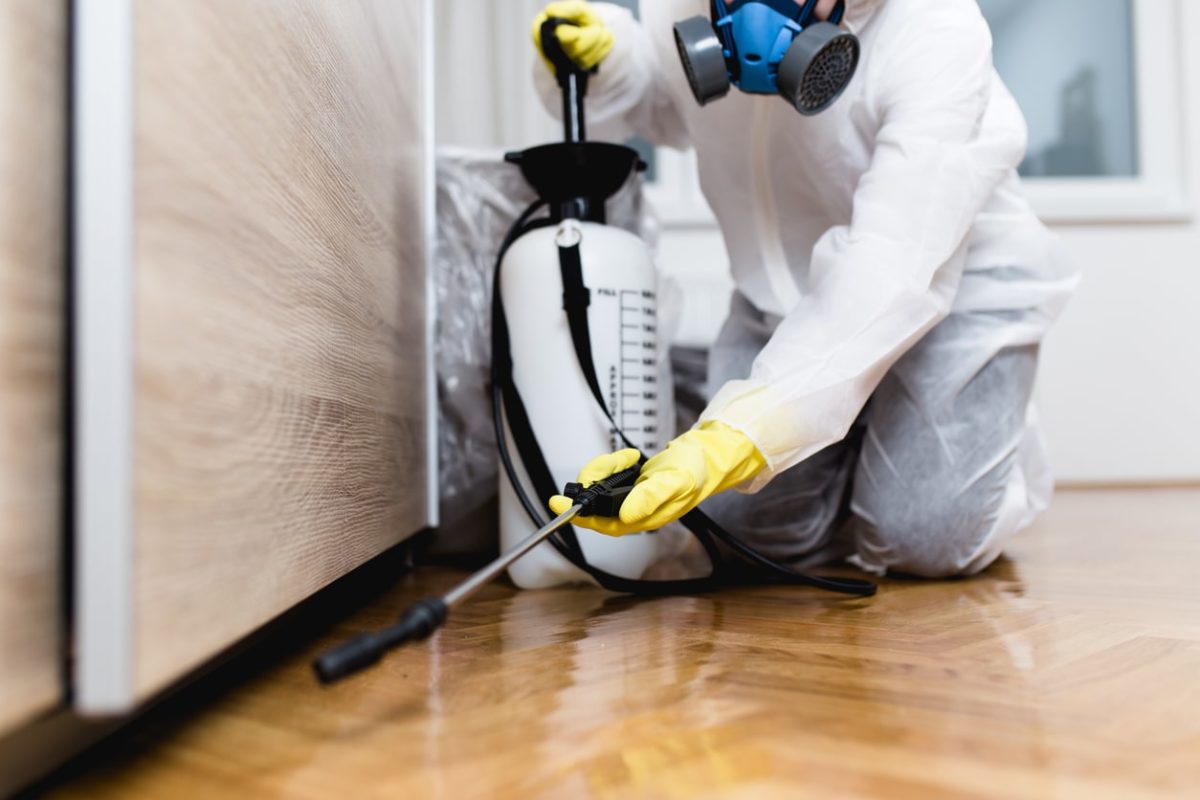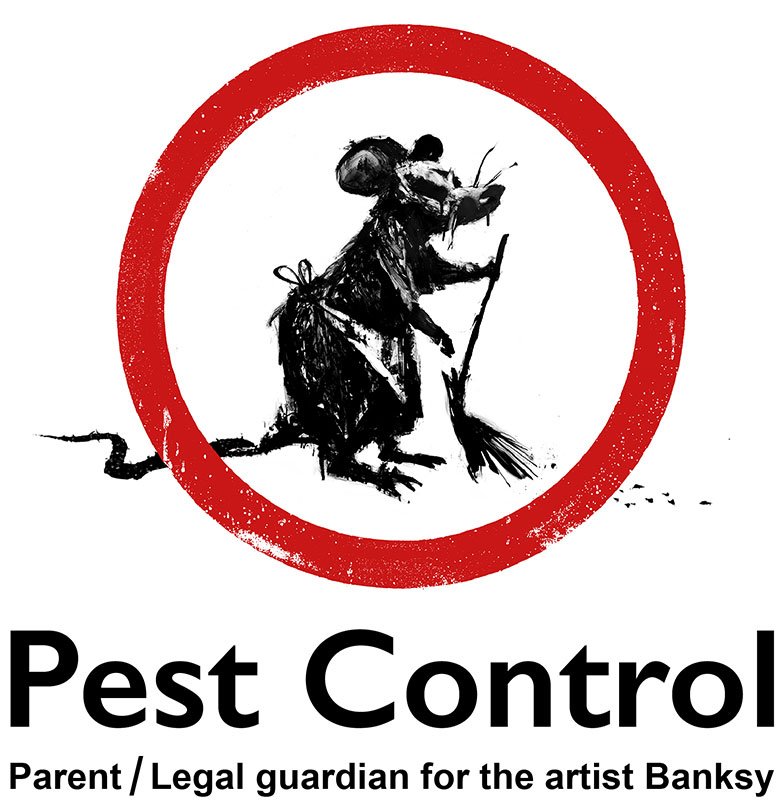Checking Out Problem and Treatment Strategies worldwide of Pest Control
The landscape of parasite control includes a myriad of challenges, especially as problems of typical house insects remain to develop. Recognizing the behaviors and reproductive patterns of these hassles is important for creating effective therapy strategies. By integrating preventative steps with sophisticated management methods, such as Integrated Parasite Monitoring (IPM), homeowners can better protect their environments. The performance of these methods may vary substantially based on details circumstances. What underlying elements add to the success or failing of these approaches in various setups?

Usual House Vermin
When it concerns managing our living rooms, recognizing typical household parasites is critical. These bugs not only interrupt our comfort but can additionally present health threats and damages home. The most common household parasites include ants, roaches, rodents, termites, and bed pests.
Ants, commonly seen foraging in kitchens, can contaminate food and establish huge swarms. Rodents, including mice and rats, can trigger architectural damages and carry conditions like hantavirus and salmonella.
Recognizing the indications of these bugs, such as droppings, nests, or bite marks, is important for early treatment (Pest Control Lockhart). Appropriate sanitation practices, sealing entrance factors, and keeping a clutter-free setting work preventative steps. By determining these typical family bugs and recognizing their actions, homeowners can take proactive steps to mitigate infestations, ensuring a healthier living environment
Understanding Pest Infestations
Insect infestations can intensify rapidly, transforming a minor annoyance right into a significant trouble if not dealt with promptly. Typical factors adding to infestations consist of poor cleanliness, structural susceptabilities, and seasonal changes that drive bugs indoors.
Determining the kind of insect is essential, as different varieties display diverse behaviors and reproductive prices. Rats may establish nests in surprise locations while insects like roaches grow in damp atmospheres. Early discovery often hinges on identifying indicators such as droppings, nibble marks, or unusual audios, which can show a problem before it ends up being serious.
Ecological conditions likewise play an essential duty in pest expansion. Warm, damp environments can promote the quick growth of pest populations, while changes in landscaping or building can unintentionally develop helpful settings. Consequently, regular inspections and preventative measures are critical to reducing the risk of infestations. An enlightened strategy to recognizing these characteristics prepares for effective pest monitoring approaches in the future.
Treatment Approaches and Methods
Reliable treatment methods and methods are important for mitigating bug infestations and recovering a risk-free setting. A diverse strategy is commonly best, incorporating chemical, organic, and mechanical strategies customized to the specific bug and the severity of the invasion.
Chemical therapies consist of using pesticides and herbicides, which can efficiently remove pests. Correct application and adherence to safety guidelines are vital to minimize risks to people and non-target microorganisms. Integrated Insect Monitoring (IPM) encourages the cautious usage of chemicals as a last hope, counting instead on monitoring and threshold levels to figure out treatment demands.
Organic control approaches entail presenting all-natural predators or parasites to reduce pest populaces. This strategy is significantly prominent, especially in agricultural settings, as it advertises ecological sustainability.
Mechanical techniques, such as traps and barriers, supply immediate remedy for insects without presenting chemicals. Choices include sticky traps for insects or physical barriers for rats.
Eventually, the selection of therapy method need to consider the details bug, the atmosphere, and potential impacts on human wellness and ecological communities. A well balanced combination of these approaches can successfully manage problems while promoting long-term bug control options.
Safety Nets for House
Proactively addressing parasite issues prior to they escalate is essential for maintaining a healthy and balanced home environment (Pest Control Lockhart). Applying effective safety nets can dramatically see here now decrease the chance of infestations, eventually guarding both your building and well-being

Correct landscape design likewise plays a critical duty in avoidance. Maintaining bushes and trees trimmed away from your home reduces the chances of parasites finding their means inside. Make certain that drain systems are working efficiently to protect against standing water, which can attract in mosquitoes and various other bugs.
Lastly, regular assessments are recommended. Routinely looking for indicators of insect task enables early intervention. By adopting these safety nets, homeowners can produce an environment that is much less congenial to parasites, thus boosting their general lifestyle and minimizing the requirement for considerable insect control treatments.
Commercial Pest Control Approaches
A thorough technique to commercial parasite control is crucial for organizations intending to keep a secure and sanitary environment. Reliable strategies involve a mix of regular inspections, staff member training, and the application of Integrated Parasite Monitoring (IPM) practices.
Routine examinations enable early discovery of parasite task, permitting timely intervention. Services need to develop a routine schedule for these assessments, concentrating on high-risk areas such as kitchen areas, storeroom, and garbage disposal websites. Employee training is equally important; personnel must be enlightened on the indicators of parasite problems and the importance of reporting them instantly.
Executing IPM methods helps reduce insect issues sustainably. This includes environment alteration, such as securing entrance points and decreasing clutter, as well as employing all-natural deterrents prior to turning to chemical treatments.

Furthermore, collaborating with a licensed pest control provider makes certain accessibility to professional knowledge and advanced you could try this out therapy choices. This partnership can lead to tailored insect control plans customized to the certain needs of the business, decreasing dangers and enhancing total effectiveness. Ultimately, an aggressive and educated approach cultivates a pest-free atmosphere, safeguarding both public health and wellness and company online reputation.
Final Thought
Finally, reliable bug control demands a comprehensive understanding of common family pests and their habits, coupled with targeted treatment approaches. Executing safety nets along with treatment methods such as Integrated Pest Administration and organic control enhances the capability to alleviate infestations. Routine assessments and a combination of chemical and mechanical services better add to maintaining pest-free atmospheres. Inevitably, an all-around strategy to pest monitoring is vital for securing living rooms from undesirable intruders.